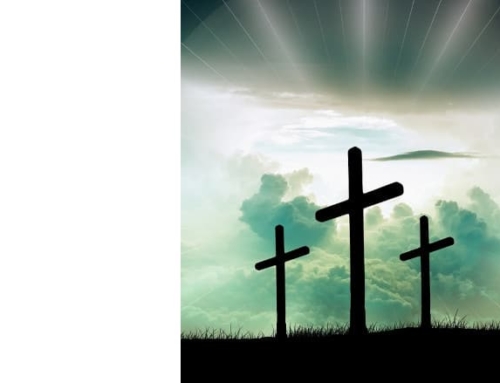On May 26, the Israel Museum will host an exhibition, Revelation: Representations of Christ in Photography, that is based on a newly released book by that name; it will run through September 6. Nissan N. Perez is curator of photography at the museum and the author of the book’s introduction. Catholic League president William Donohue explained why he was addressing this subject today:
“Merrell, the publisher of Revelation, sent me a complimentary copy of the book in April. The letter said it was published ‘in time for Easter-related columns.’ I take it this was my Easter gift.
“As Nissan Perez says, the 195 illustrations range from the ‘sacred’ to the ‘profane.’ His decision to include the profane may explain his defensiveness: he writes that ‘no disrespect or offence [is] intended.’ How considerate. I wonder, is this what he tells his Jewish friends when they are offended by anti-Semitic art—to consider that no disrespect was intended? Does he likewise seduce himself?
“Nissan claims that unlike secular art, the prime function of artistic expression in the Catholic Church has been to stifle independent thought. He cites, for example, that the Dada and Surrealist movements (from roughly World War I through the 1930s) were united in their ‘call for the eradication of all organized religion.’ Midway through the 1920s, the principal organ of the Surrealists featured on its cover a photograph bearing the same title as the main article: ‘1925: End of the Christian Era.’ In 1934, Georges Hugnet offered us ‘The Last Supper,’ which featured a woman performing fellatio on a man standing in front of Jesus and his disciples at the Last Supper.
“But it is obvious that Nissan fails to appreciate how nihilistic art dehumanizes the culture and abets a collective sense of insouciance in the face of suffering. In the same year that ‘Christianity Ended’ (1925), Mein Kampf was published. The moral relativism that marked Weimar Germany—the work of ‘creative’ artists—made possible Hitler’s triumph. For the Israel Museum not to get this is quite sad.”






